► New Carrera S enters the fold
► More power and various GTS tweaks
► But would we have it over a Carrera?
The never-ending onslaught of 992.2 Porsche 911s continues with this, the new Carrera S. It’s the most heavily upgraded of all the new Carreras (GTS aside) as part of the latest facelift, but fear not there isn’t a whiff of hybridisation here on this sports car.
It retains its 3.0-litre flat six, now with turbos lifted from the old GTS, as well as the same brakes and similar suspension to the new hybrid Carrera GTS. Add in a notable uplift of power and torque and what was once one of the entry-level versions of the 911 really doesn’t seem so entry-level any more.
As before, the power is delivered to the rear tyres only via an eight-speed PDK gearbox. There’s no manual Carrera or Carrera S any longer, you’ll need to get the purer Carrera T for that.
This review will encompass our impressions of the Carrera, already driven in the UK and the new Carrera S following a first drive in the Black Forest roads surrounding Porsche’s home of Stuttgart.
At a glance
Pros: Still incredible to drive, standard models are more than quick enough, much improved kit list
Cons: Sport chassis ride isn’t very comfortable, the cheapest 911 now costs £104k, PDK only
What’s new?
On top of the engine changes already outlined, the brakes grow in size and there are new adaptive dampers. You’ll find the faux key that started the 992 has been replaced by a discreet button – nothing flashing or red here – and the analogue central rev counter has met the bin. In its place is a 12.6-inch curved display with a variety of layouts available.
You get more equipment as standard which does explain some of the price hike. Adaptive LED headlights, lane keep assist, traffic sign recognition, brake assist, parking sensors and a rear-view camera should help protect you, and heated front seats and steering wheel are most welcome during a UK winter. It’s quite a nice change from a Porsche that’s notoriously stingy with standard equipment.
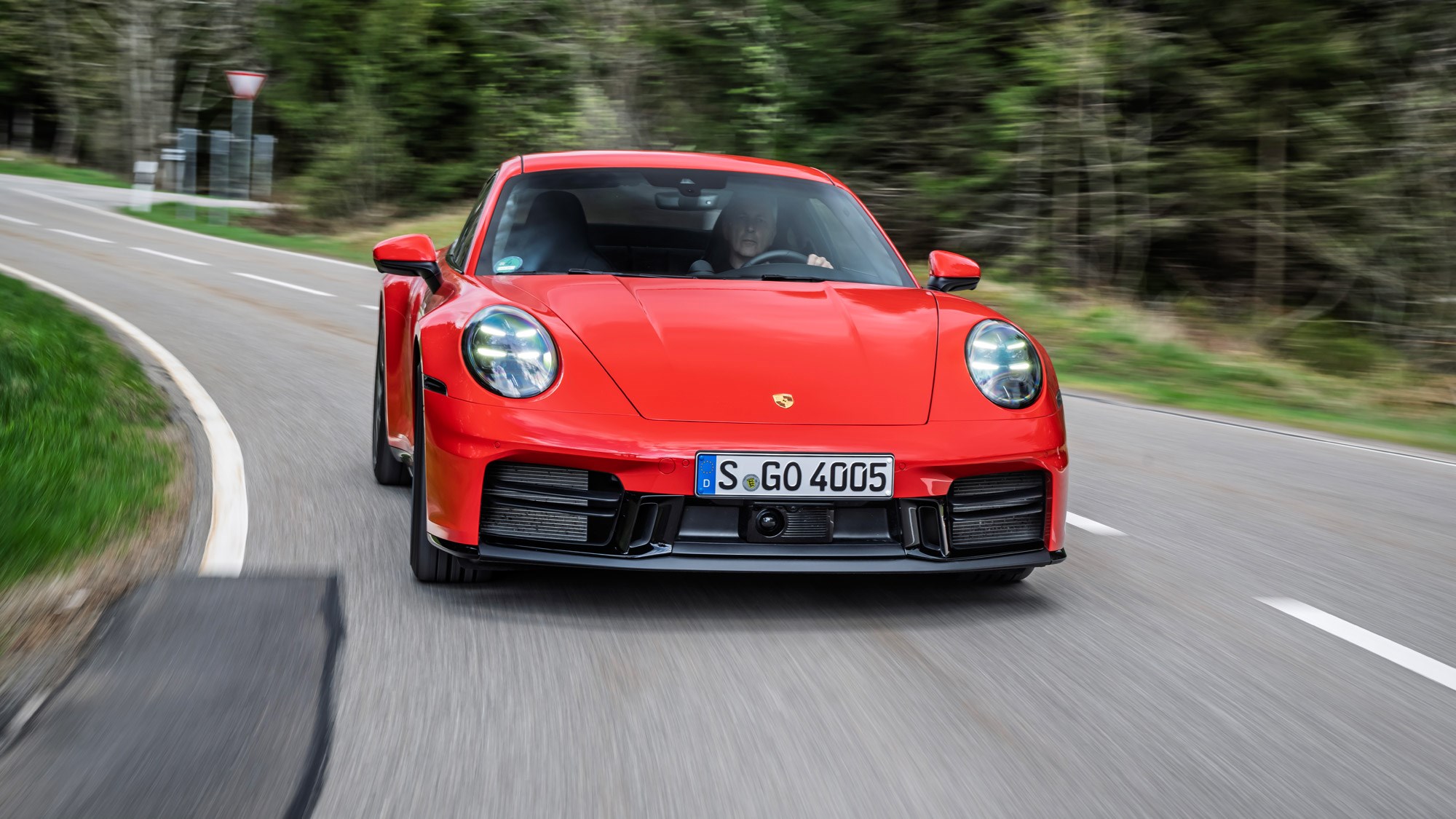
The new front bumper retains the horizontally split front intakes rather than the vertical ones of the hybrid GTS, there’s a new back bumper and new wheel choices including Taycan-style aero designs. The handy mode dial on the steering wheel is now fitted to all 911s instead of just coming with the Sports Chrono pack. You’ll still need that for launch control and the Sports Response button that primes the engine and gearbox for maximum acceleration, though.
The Carrera S is distinguished namely by its increase in power, but also by key mechanical differences between it and the base Carrera. A sports exhaust is standard, as is Porsche Torque Vectoring Plus (PTV+). Unlike a Carrera, rear-axle steering is also available via the options list, along with Porsche’s 10mm lower PASM suspension.
What are the specs?
A 2981cc flat-six forms the basis of the Carrera and Carrera S, each with a pair of turbochargers and an eight-speed PDK gearbox. If you want a 911 with a manual transmission, your only options are the T or GT3.
In the case of the Carrera, it produces 389bhp and 332Ib ft of torque. A car fitted with launch control will go from 0-62mph in a mere 3.9-seconds according to Porsche, and we know its figures are generally on the conservative side. Flat out it’ll do 183mph.
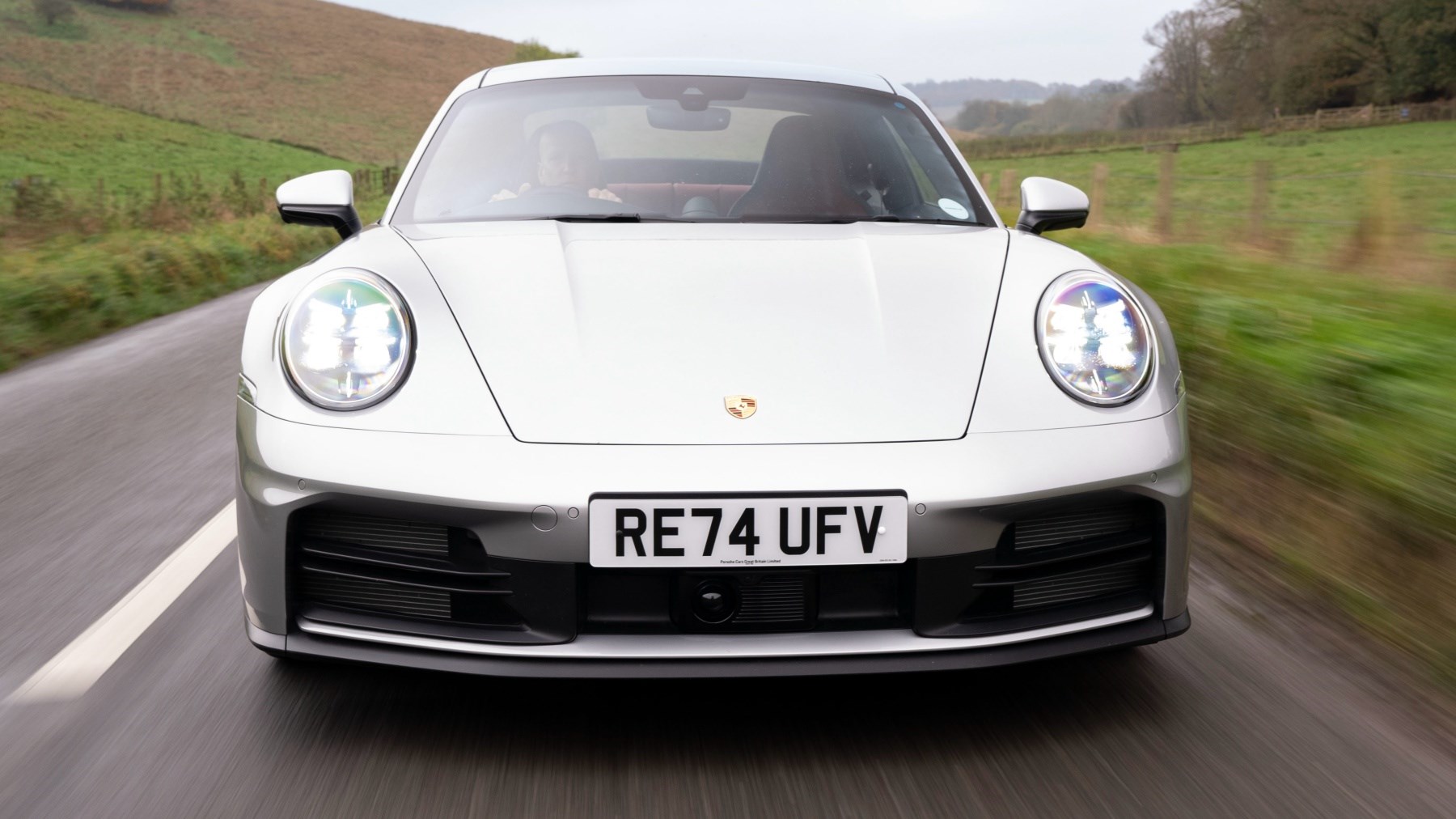
The Carrera’s power increases by a miniscule 8bhp, whereas the S gets far more of a noticeable bump, up 30bhp to 473bhp and torque remaining the same at 391lb ft. it makes the S faster than it’s ever been, with 0-62mph taking just 3.3 seconds and maxing out at 191mph.
Weight is 1520kg (20kg more for a Carrera S), a figure that could almost be considered light in this day and age, although it seemingly doesn’t help efficiency a huge amount. According to the WLTP figures, it’ll do a best of 28mpg on the combined cycle while emitting 230g/km if you avoid touching the options list. Don’t be surprised If you manage near 30mpg on a motorway run, or teens if you’re enjoying yourself.
How does it drive?
Let’s start with the base Carrera model, with our press car unsurprisingly equipped with the Sports Chrono pack – a must have, whichever 911 you choose. It hooks up staggeringly well from a standstill on cold tarmac despite the clutch being dumped at a highly optimistic number of revs – how very 911.
It’s a great engine to interact with. There’s plenty of muscularity low down for dull driving duties, yet it’s an engine that still feels at its happiest being hammered to the red line, delivering a delightful flat-six howl in the process. Manual control of the PDK ‘box is a button press away should you want to fully conduct the orchestra behind you via the steering wheel mounted paddles. It is a proper ‘manual’ too, maxing out at a redline.
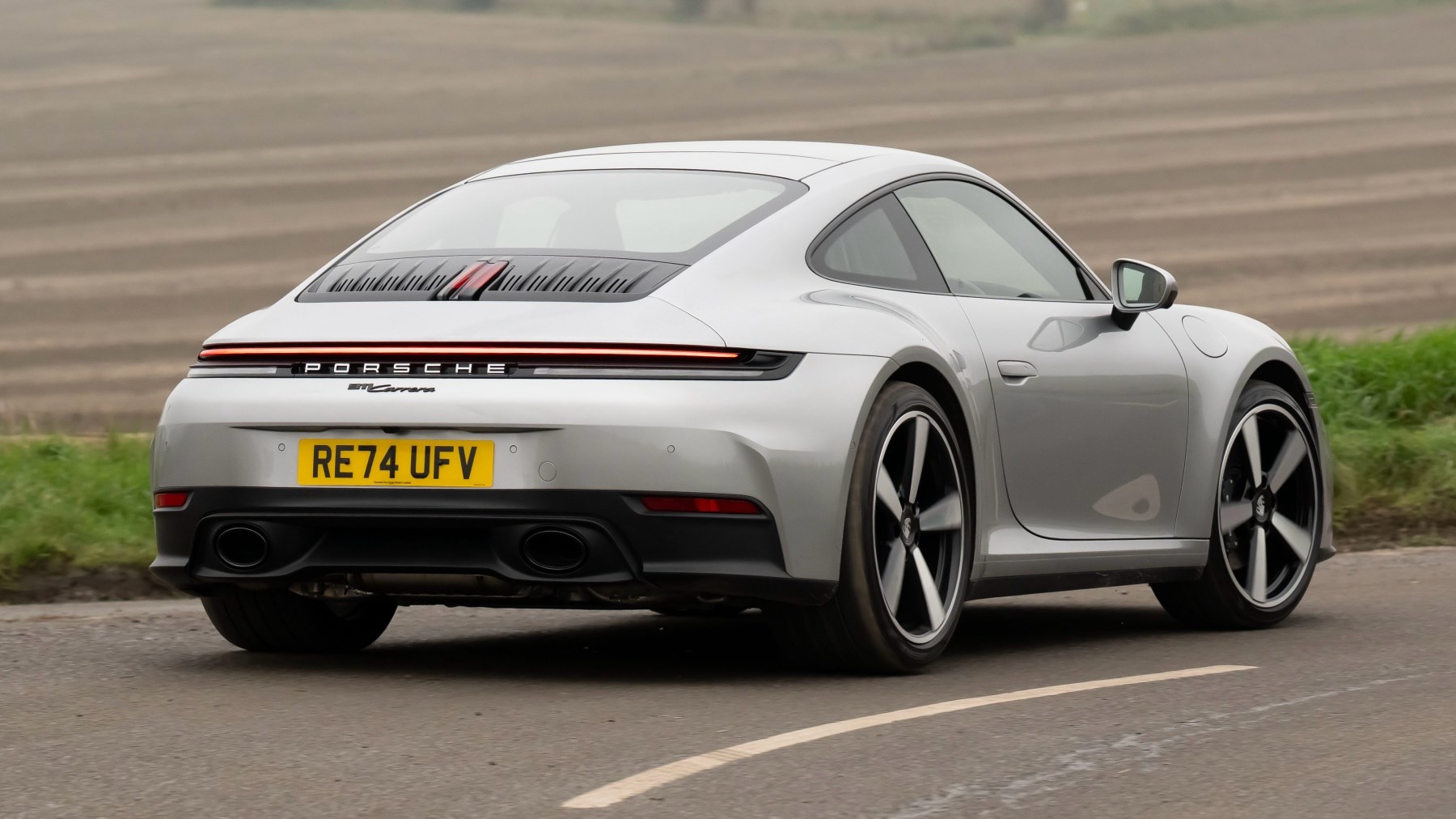
The heavy rear weight bias gives fantastic traction out of tight bends and an occasional sense of lightness over the front axle. Talkative steering lets you know what’s going on up front, helping you use the balance to your advantage. Oversteer is still most definitely an entertaining option.
Over to the Carrera S, which now with almost 100bhp more than the base car, feels more of a significant step up than it’s ever been. The engine is brawny and muscular, with plenty of punch available from even the lowest revs. On a country road you can happily leave it in fifth and it will make mincemeat of whatever the situation. Like the Carrera, it makes a great noise, aided further by the standard sports exhaust.
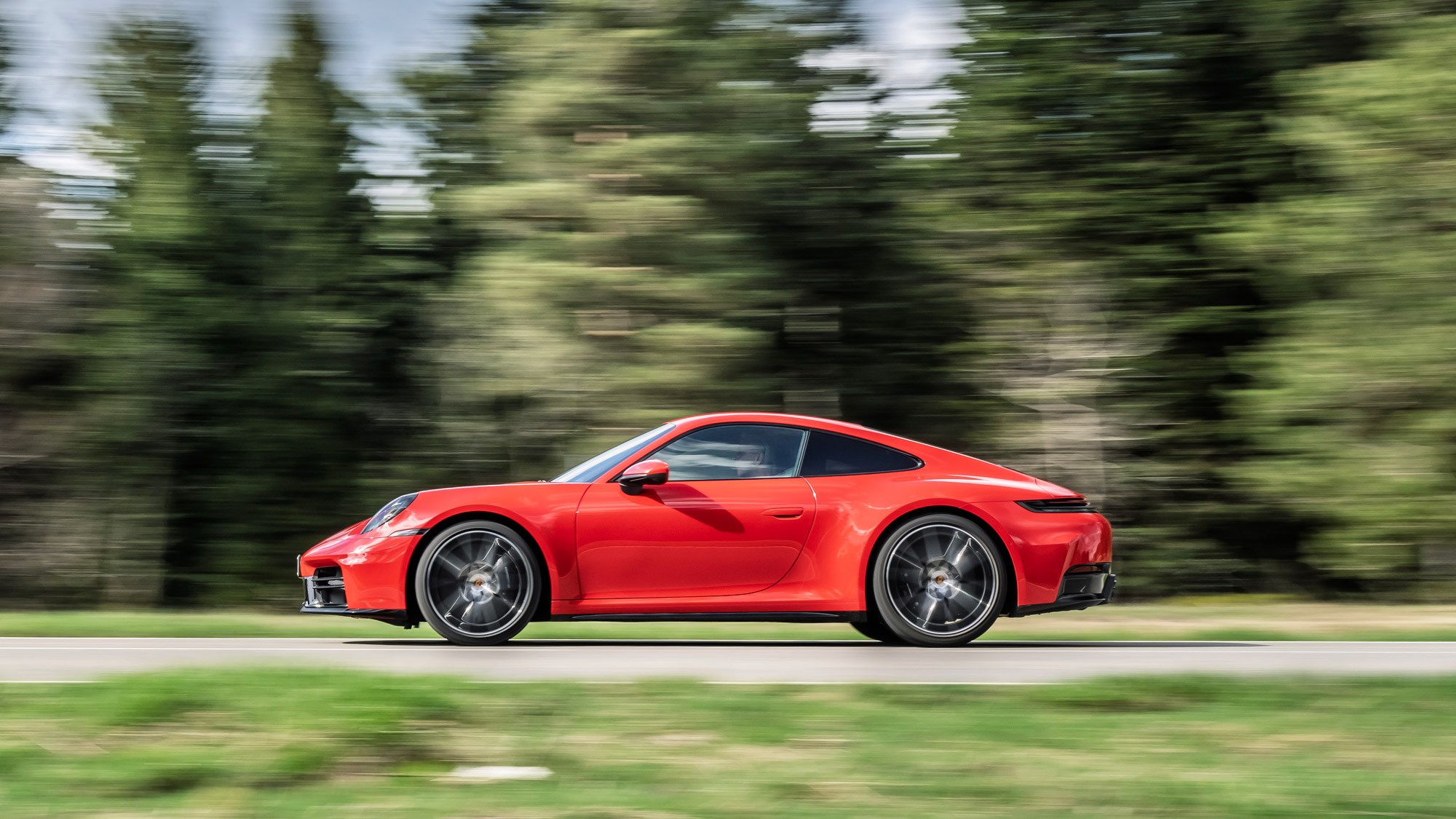
But wind it up and the performance is sublime, with impressive pick-up even well into three-figure speeds (yes, we were on an autobahn). The pace feels more in-keeping with a supercar than a sports car, and remember this is a Carrera S.
The option of having rear-wheel steering is a must, it always feels natural and makes it that bit more manoeuvrable around town. The ride on the new dampers is perhaps not as compliant as it could have been, feeling just a bit more sudden than we remember from the old car.
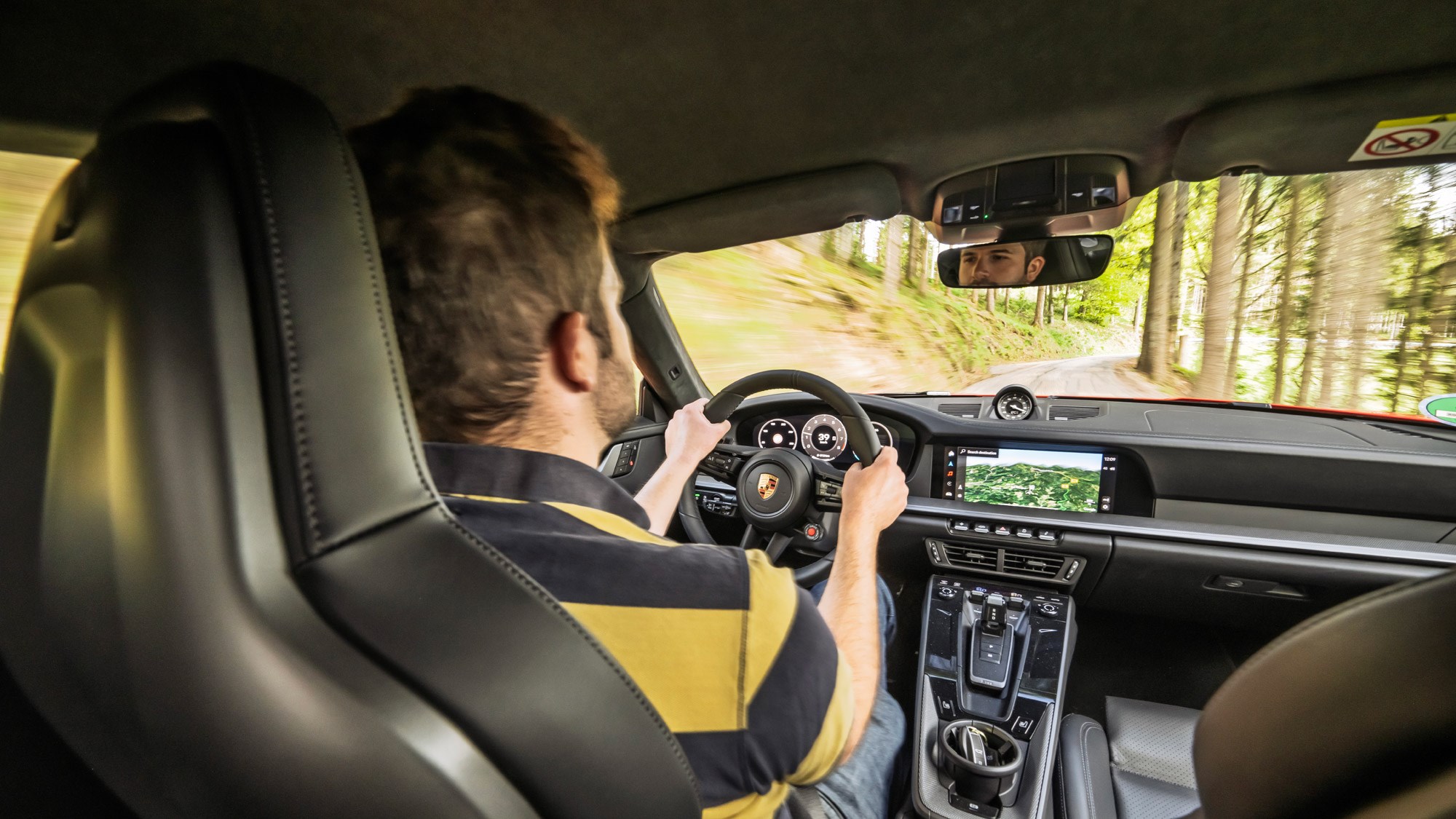
We’d also stay clear of the sports suspension. Though the car sits more naturally 10mm lower, the springs are considerably stiffer than the standard car and the ride is bordering on brittle around town. Bearing in mind this is Germany and on smoother roads than the UK, we reckon the PASM suspension could prove a bit tiring on home turf.
The upshot is tight body control, especially in Sport Plus, and flat cornering. Firm and feelsome brakes only add to your confidence levels. But everything feels very familiar and very 911, although we wish the Carrera came with a narrower body than its spicier siblings. If you also like a B road, you’ll probably feel the same on occasion.
What’s it like inside?
911s no longer come as standard with rear seats, presumably to save a few quid and shave off a few kilos. Surprisingly, Porsche doesn’t charge to install them if you want the additional practicality. As ever, they’re only really suited to children or people you don’t like. Front space is plentiful for a sports car with loads of adjustment for the seats and steering wheel so you can find your perfect driving position.
You’ll find a good mix of physical controls for stuff like the drive modes and heating, with crisp and responsive screens. The new driver’s display’s graphics are sharp, and information presented clearly, while purists will appreciate the option of a central rev counter with the redline at 12 o’clock. It’s a brilliant interior in general and one that lives up to its price.
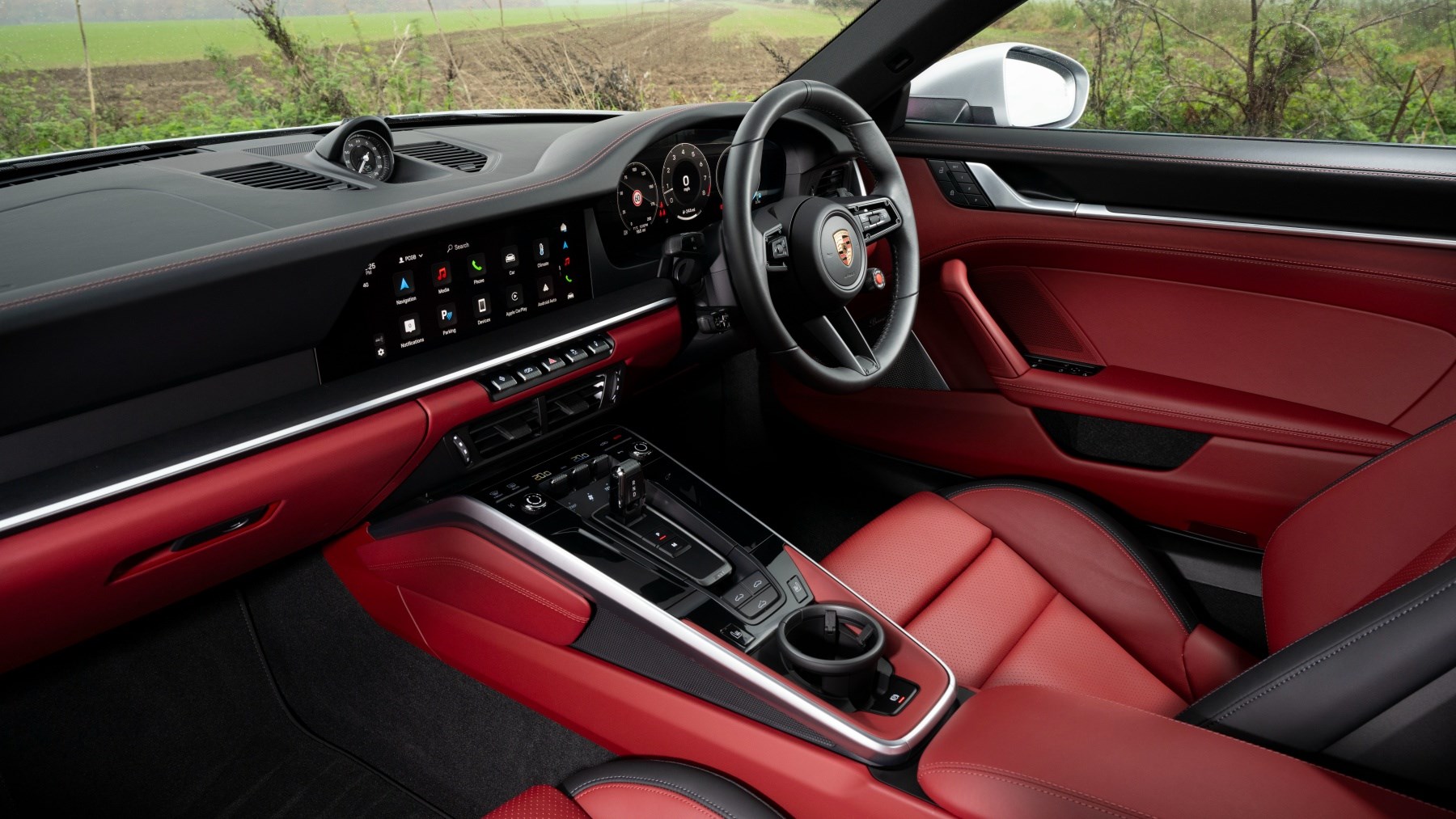
It’s controlled by the mercifully touchpad-free steering wheel, the spokes retaining proper buttons and scroll wheels. The cruise control stalk is also retained and has a button that easily disables the lane keep assist. Similarly a press of the diamond button on the steering wheel serves as a shortcut to disable the speed assistance. Most welcome
Before you buy (trims and rivals)
The Carrera S sits slap back in the middle for price between the Carrera S and GTS, starting from £120,500. A Carrera comes in at £103,700 and the GTS at £137,900. All cost significantly more money than before, and worth remembering that the price quickly skyrockets with Porsche’s excessive options list.
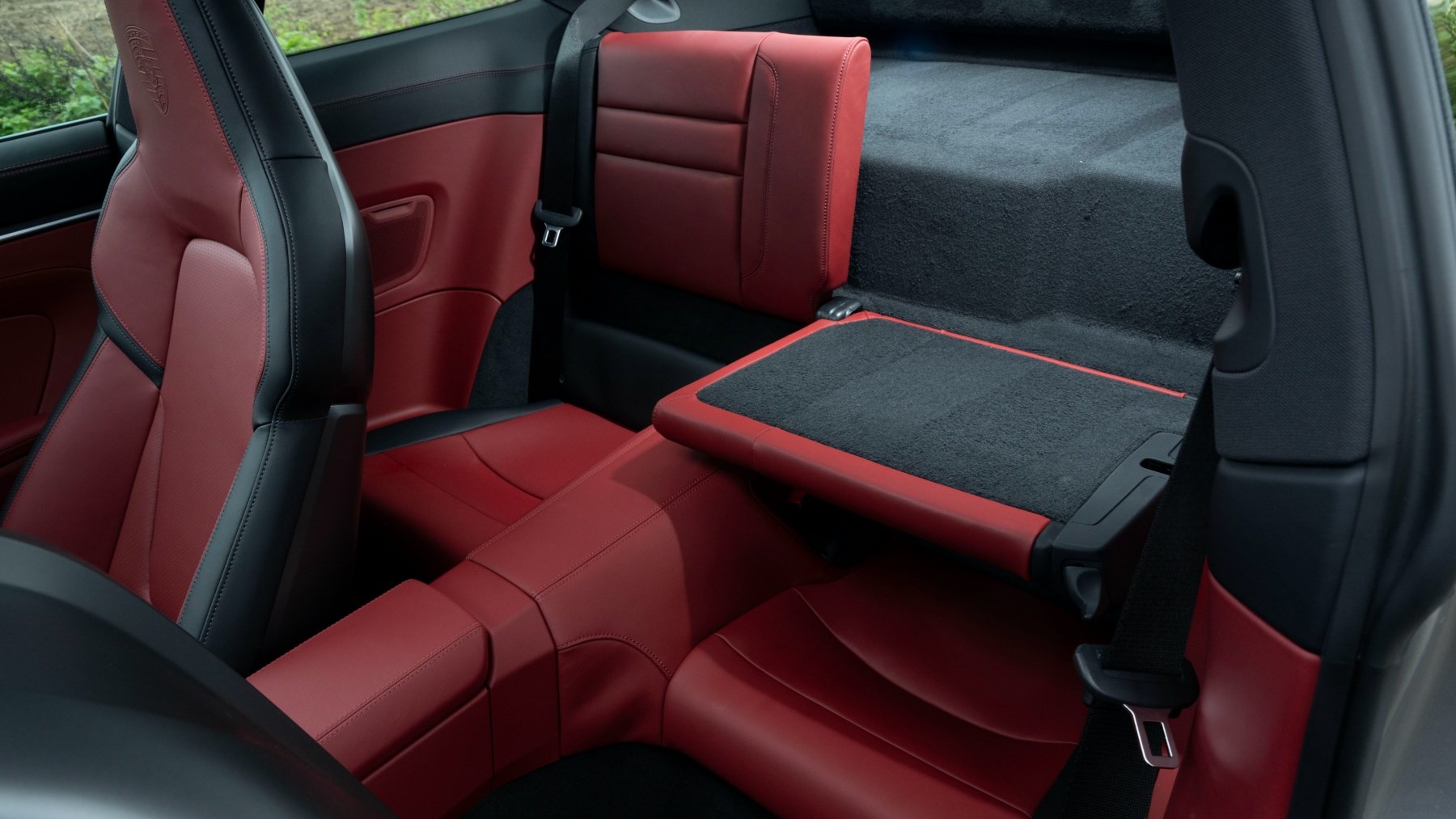
You’ll want it in a decent colour, the £2,000 electric seats, £2,000 for rear axle steering, £1,800 for Sports Chrono and by that point you have a Carrera S costing £130,000. Ouch.
Verdict
While the switch from 992 to 992.2 is a subtle evolution for the Carrera, the S feels more significant. It seems more of a step up than ever, with performance far closer to the feel of a GTS than the base car.
It remains a highly-usable sports car for every occasion – it’s remarkably easy to drive in drenched conditions – and that will only improve with the arrival of the 4S. This is a canny refresh to keep it ahead of newer rivals who aren’t so tied to the past and we’re so used to digital displays now that losing the rev counter doesn’t feel like any loss, and a button is preferable to the old starter nubbin.
But our money would probably go with the base Carrera or the GTS. The S, as impressive as it is, sits in a somewhat odd middle ground where the base Carrera is more than good enough on its own, or the GTS is only a relatively small step up in price.